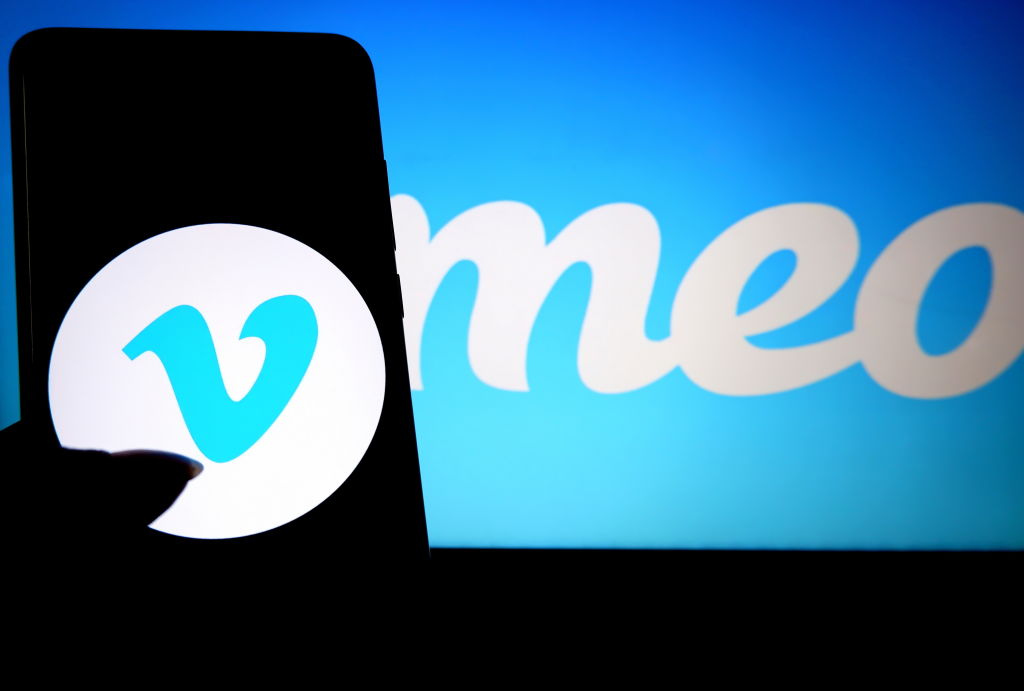Adobe has announced significant advancements to its Firefly suite, introducing the Firefly Image Model 4 and a revamped web application that integrates both Adobe’s AI models and those from leading competitors. These developments aim to provide users with enhanced creative capabilities and a more streamlined experience.
Firefly Image Model 4: Elevating Image Generation
The newly released Firefly Image Model 4 offers substantial improvements over its predecessors, focusing on quality, speed, and user control. Key enhancements include:
– Enhanced Detail and Resolution: The model can generate images up to 2K resolution, capturing intricate details and complex scenes with small structures.
– Advanced Control Features: Users gain greater command over image attributes such as structure, style, camera angles, and zoom levels, facilitating the creation of tailored visuals.
– Image Model 4 Ultra: An advanced variant designed to render highly detailed and complex scenes, catering to professionals requiring precision in their visual content.
Alexandru Costin, Adobe’s Vice President of Generative AI, highlighted that the models were trained with significantly increased computational resources. This investment enables the generation of more detailed images and improved text incorporation within visuals. Additionally, users can now input reference images to guide the model in producing content that aligns with specific styles or brand aesthetics.
Firefly Video Model: Democratizing Video Generation
Building upon its image generation capabilities, Adobe has made its Firefly Video Model widely accessible. This tool empowers users to create video clips from text prompts or images, offering features such as:
– Customizable Camera Angles and Frames: Users can specify start and end frames, control shots, and adjust camera perspectives to achieve desired visual narratives.
– Atmospheric and Motion Design Elements: The model allows for the generation of atmospheric components and the customization of motion design elements, enhancing the overall video quality.
– High-Resolution Output: Capable of producing video clips at resolutions up to 1080p, the model ensures clarity and detail in the generated content.
Firefly Vector Model: Revolutionizing Vector-Based Artwork
Adobe’s introduction of the Firefly Vector Model marks a significant advancement in vector-based design. This model enables the creation of editable vector artwork, facilitating the iteration and generation of variations for:
– Logos and Icons: Designers can swiftly produce and modify logos and icons, streamlining the branding process.
– Product Packaging: The model assists in developing packaging designs that can be easily adjusted to meet marketing requirements.
– Scenes and Patterns: Users can generate complex scenes and patterns, enhancing creative possibilities in various design projects.
Redesigned Firefly Web Application: A Unified Creative Hub
The overhauled Firefly web application serves as a centralized platform, granting users access to Adobe’s AI models alongside those from industry leaders such as OpenAI and Google. Notable features include:
– Model Integration: Users can seamlessly switch between different AI models, including OpenAI’s GPT image generation, Google’s Imagen 3 and Veo 2, and Flux’s Flux 1.1 Pro, all within the same interface.
– Content Credentials: To ensure transparency and authenticity, all generated content is accompanied by content credentials, providing verifiable details about the creation process.
– Future Expansion: Adobe has indicated plans to incorporate additional AI models into the web app, further expanding creative options for users.
Firefly Boards: Collaborative Ideation Platform
In addition to the web app enhancements, Adobe is testing Firefly Boards, a new product designed for collaborative ideation and moodboarding. This platform allows users to:
– Generate and Import Images: Users can create or upload images to the board, facilitating a dynamic creative process.
– Remix Content: The platform enables the remixing of images, allowing for experimentation with different styles and concepts.
– Collaborate in Real-Time: Multiple users can work together on the same board, enhancing teamwork and idea sharing.
Firefly Boards is accessible through the Firefly web app, providing a cohesive experience for users.
API Availability: Empowering Developers
Adobe has also announced the general availability of its Text-to-Image API and Avatar API, with a new Text-to-Video API now available in beta. These APIs are part of the Firefly Services collection, offering developers tools to integrate Adobe’s generative AI capabilities into their own applications and workflows.
Content Authenticity Initiative: Ensuring Trust in Digital Content
To address concerns about content authenticity, Adobe is testing a web application called Adobe Content Authenticity. This tool allows users to attach credentials to their work, indicating ownership and providing attribution through metadata. Users can also specify whether AI tools were used in the creation process, promoting transparency in digital content.
Conclusion
Adobe’s latest enhancements to the Firefly suite represent a significant leap forward in AI-assisted creative tools. By introducing advanced models for image, video, and vector generation, along with a redesigned web application that integrates multiple AI models, Adobe is empowering creators with unprecedented control and flexibility. The addition of collaborative platforms like Firefly Boards and the availability of APIs further demonstrate Adobe’s commitment to fostering innovation and collaboration in the creative community.



